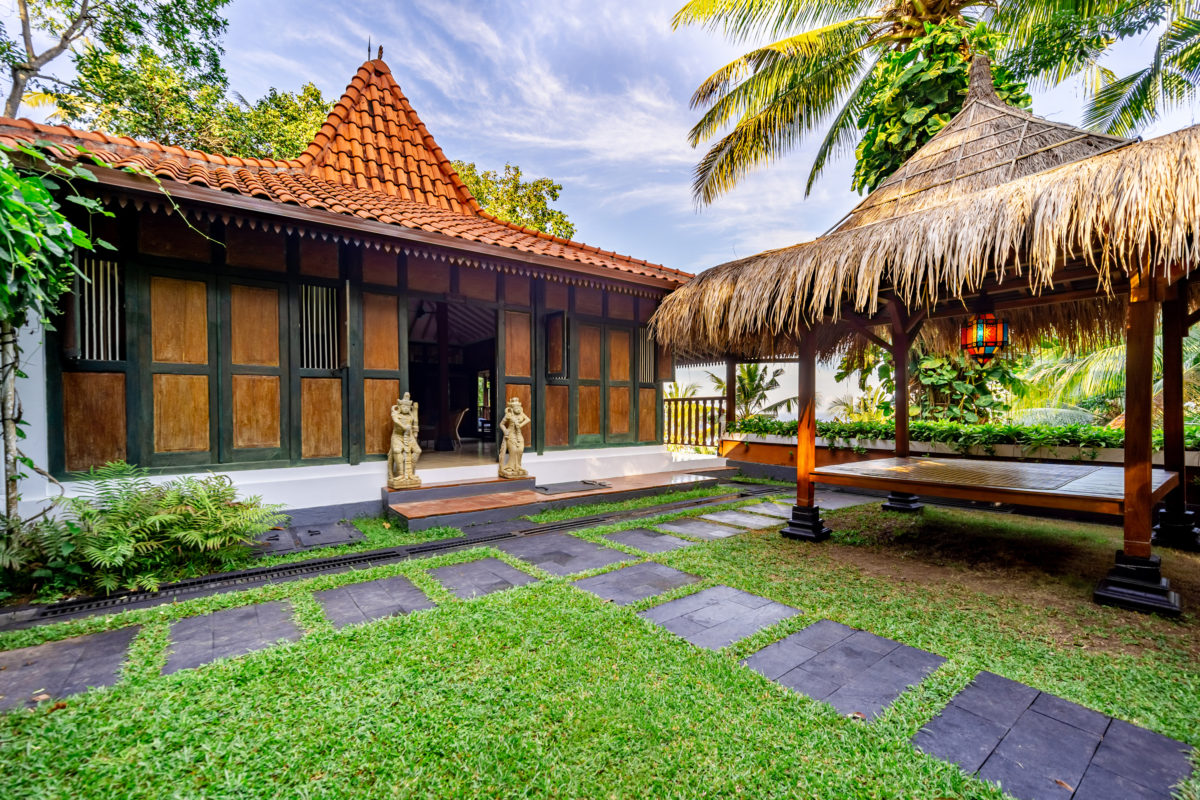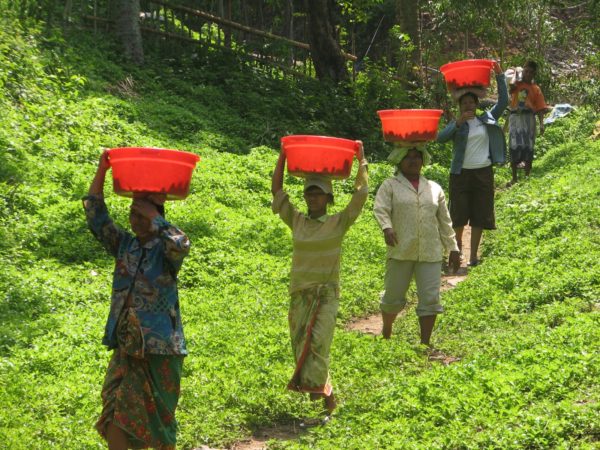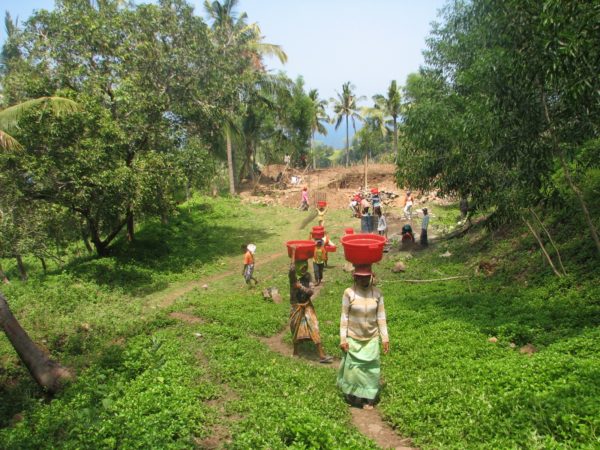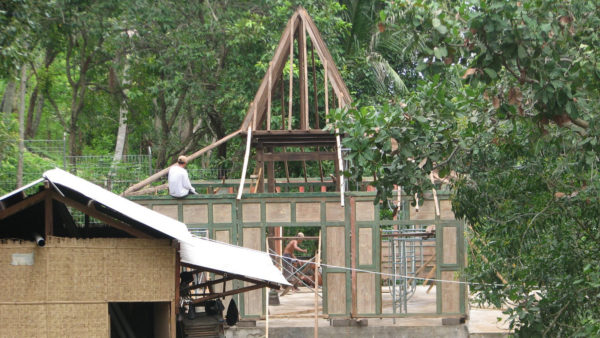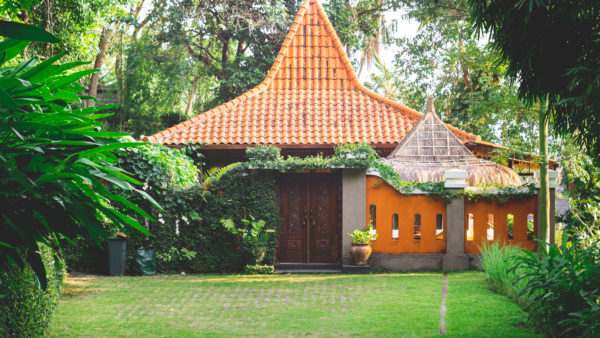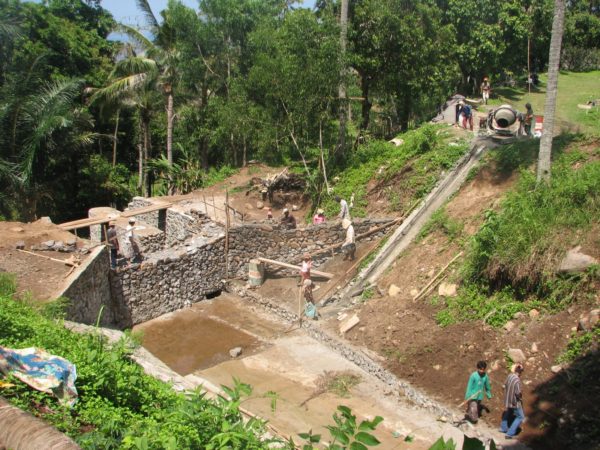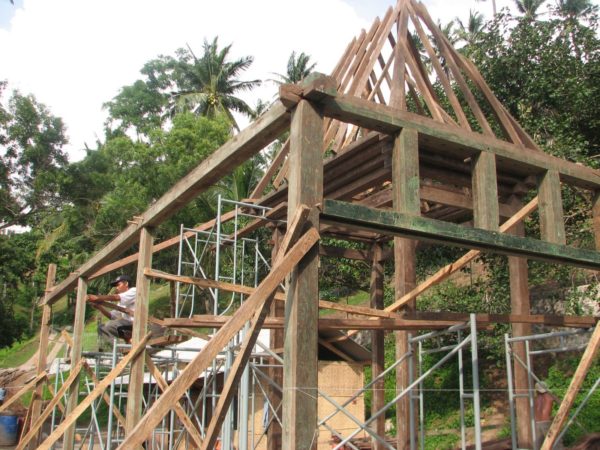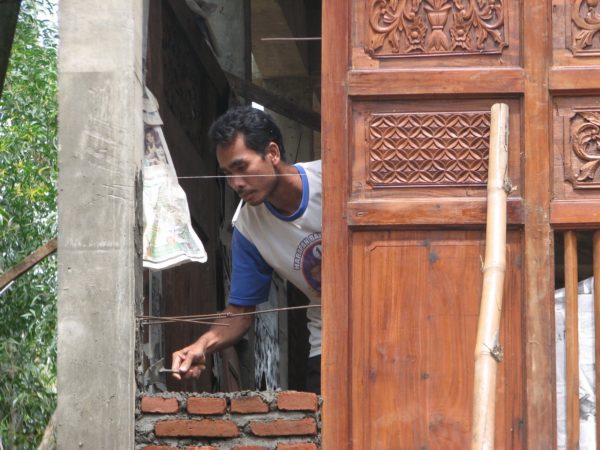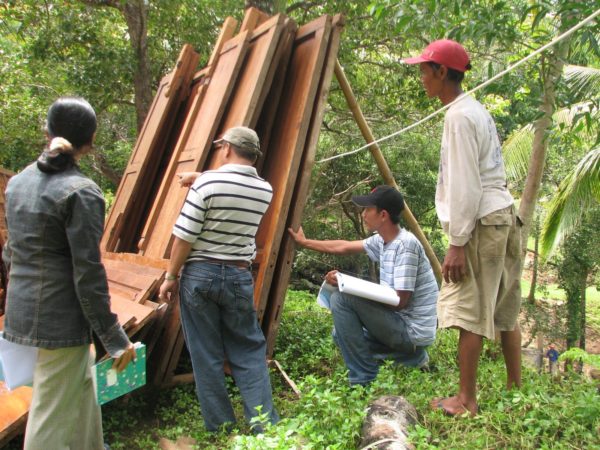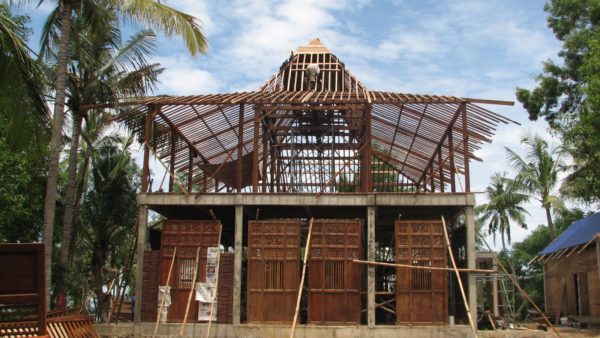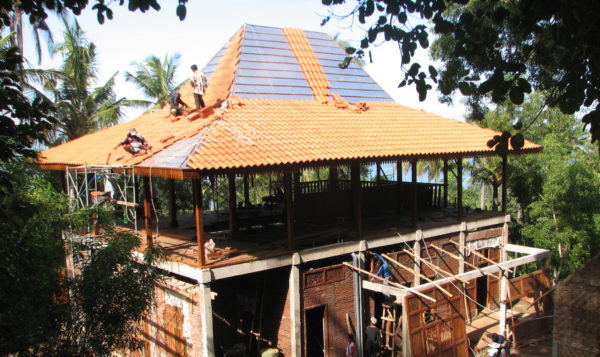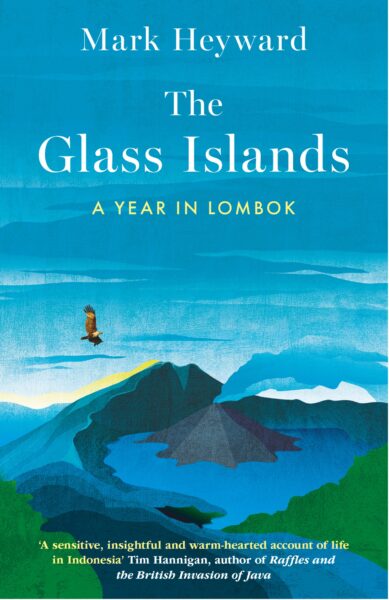
The Studio; a writers’ residence in Lombok
Studio owner, Mark’s book, Crazy Little Heaven, offers readers an affectionate insight into Indonesia and its diverse culture… Heyward’s prose is evocative… Crazy Little Heaven is a welcome addition to studies of Indonesian culture. The book is also a testament to Heyward’s skills as a wordsmith.
His later coffee table book, Looking for Borneo, is a celebration of the island of Borneo, its environment and its people. At the same time, it is a call to action, a plea to save this special place from the ravages of development. A collection of writings, drawings, photographs and music, inspired by Kalimantan and Mark Heyward’s acclaimed book, Crazy Little Heaven, an Indonesian Journey, this new volume is a unique artistic collaboration and a fine contribution to the body of Indonesian travel literature. Khan Wilson’s quirky and memorable artworks complement the narrative in the same way that a fiery sambal complements a dish of fried rice, adding a splash of colour, a little spice and a sense of fun.
